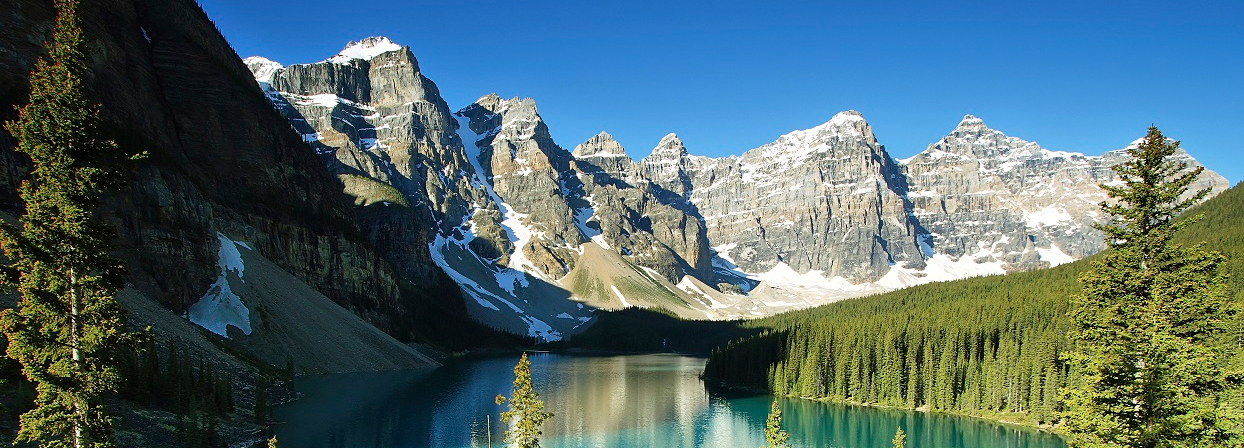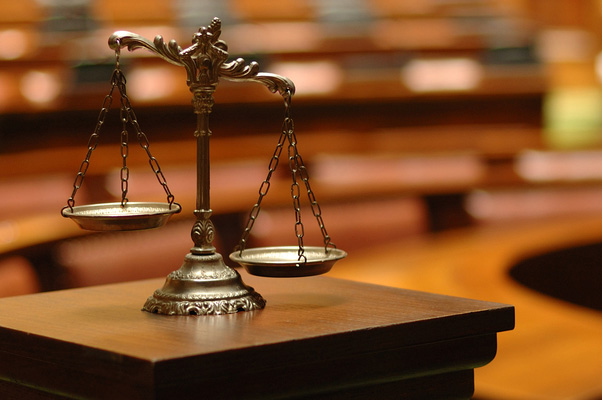
Dr. Court Sandau presented at GeoConvention 2016 for a short course and panel session.
- Date: March 8th, 2016
- Location: Calgary TELUS Convention Centre - North Building (120 8th Avenue SE, Calgary, Alberta) + Google Map
What is GeoConvention?
GeoConvention is an annual convention and exhibit produced by the Canadian Society of Petroleum Geologists (CSPG), Canadian Society of Exploration Geophysists (CSEG) and the Canadian Well Logging Society (CWLS). Held in Calgary, this convention offers delegates and attendees the opportunity to network and learn with fellow industry professionals. GeoConvention sees over 4,000+ attendees and 100+ exhibitors attend each year.
Learn more about GeoConvention here.

Panel Session
Court Sandau and four other speakers joined together for a 40-minute panel session. The panel discussion covered topics including education of the industry on wellbore leakage SCVF/GM, current and future risk to the industry, proper sampling of gas samples and the impact on results and more.
Speakers:
- Chris Fuglerud – Consultant / CSGM
- Court Sandau – Chemistry Matters
- Garry Randal – Taqa North
- Ian Cameron – Quantum Petrophysics
- Jamie Wills – Waterline Resources Inc.

Short Course
Dr. Court Sandau held a 20-minute course about identifying the source of a surface casing vent leak.
Summary:
How a gas sample or water sample is collected can be the difference between identifying a leak and getting it completely wrong. We know leaks (whether it be through gas migration or stray gas or surface casing vent leaks) can come from multiple sources in the subsurface. Most people accept that if you know the pattern or fingerprint of the source zone and it matches the sample taken at the surface, we can conclude that zone is where the leak is coming from. It should just be that easy. So why is it so difficult?
A very large proportion of data collected for source identification shows issues with sample collection and/or analysis. If the data is collected and analyzed in an improper fashion, there is no chance in identifying the source zone correctly. Some examples include; collection of mostly air samples, collection of samples with high moisture, collecting in inappropriate sample containers, long term storage of samples in tedlar bags, non-coated cylinders of samples for sulphur compound analysis, water collected from wells with cathodic protection, etc.

This presentation discussed common issues with the collection and analysis of geochemistry data for the purpose of determining sources of gases and liquids in the subsurface. The presentation discussed case studies and real world examples of these common issues as well as provided potential solutions in how these cases were solved.
This presentation demonstrated that geoforensics can be an extremely valuable technique for a company’s toolbox to aid in successful repair of operating wells and successful abandonments.

 Provides expert support to projects involving litigious or contentious subjects. These expert witness services are founded on chemistry principles and proper application of scientific methods.
Provides expert support to projects involving litigious or contentious subjects. These expert witness services are founded on chemistry principles and proper application of scientific methods.
You must be logged in to post a comment.